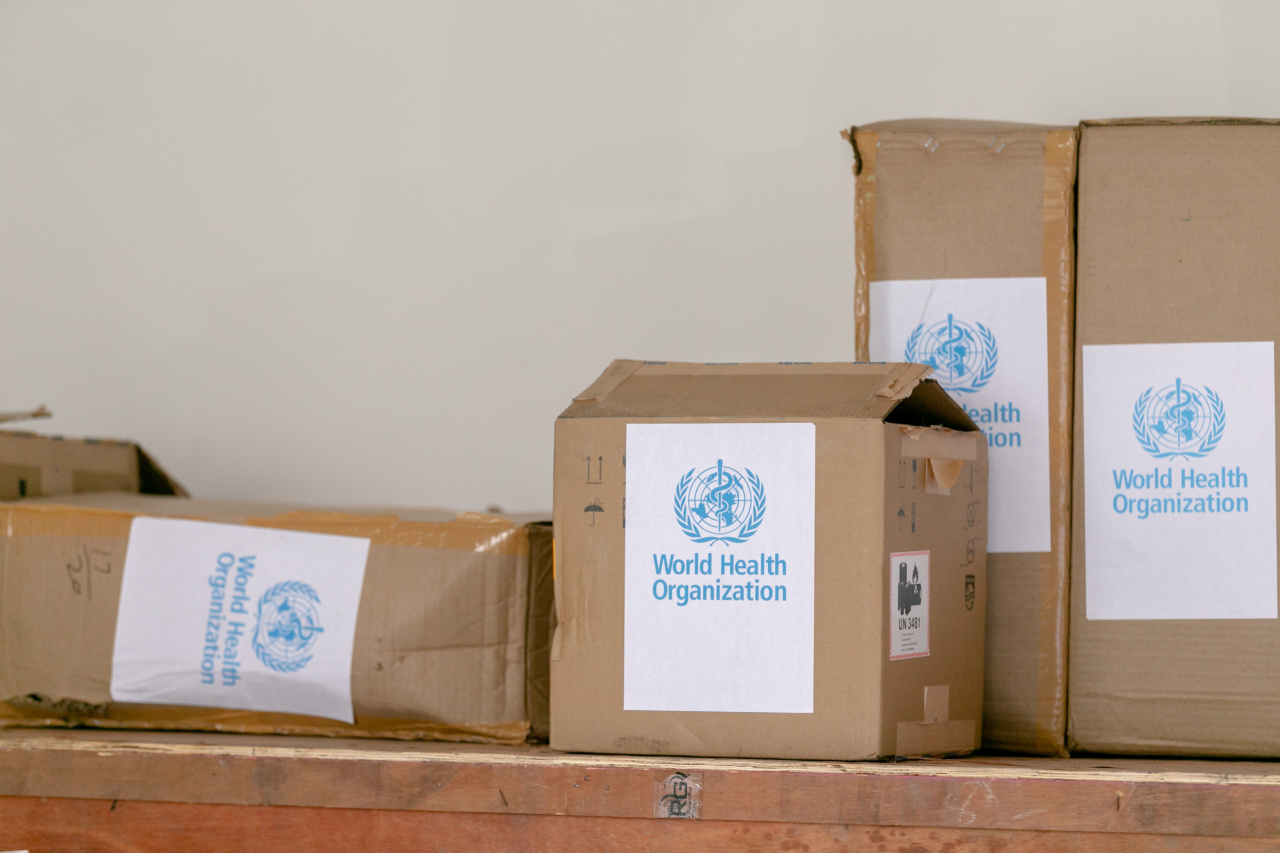When it comes to twin pregnancies, timing is crucial. Recent studies have shown that a delivery at 37 weeks is associated with lower twin mortality rates compared to earlier deliveries.
This new finding has significant implications for physicians and expectant mothers, highlighting the importance of careful planning and monitoring during twin pregnancies.
Understanding Twin Pregnancies
Twin pregnancies occur when a woman conceives two babies instead of one.
There are two types of twins: identical twins, which develop from a single fertilized egg that splits into two embryos, and fraternal twins, which result from the fertilization of two separate eggs by two different sperm cells. Twin pregnancies are considered higher risk compared to singleton pregnancies due to a variety of factors, such as a higher chance of preterm labor, birth defects, and complications during delivery.
The Gestational Age Dilemma
Gestational age refers to the number of weeks that have passed since the first day of the woman’s last menstrual period.
Determining the gestational age of each twin is crucial in assessing their development and planning an appropriate delivery time. However, accurately dating twin pregnancies can be challenging due to the potential for separate conception dates and variations in growth rates between the two babies.
The Study and its Findings
A recent study conducted by a team of researchers aimed to investigate the optimal gestational age for twin deliveries.
The study analyzed data from a large cohort of twin pregnancies and compared the mortality rates of babies delivered at different gestational ages. The results showed a substantial decrease in twin mortality rates when deliveries occurred at 37 weeks compared to earlier deliveries.
The Impact of Prematurity on Twin Mortality
Preterm birth, or birth that occurs before 37 weeks of gestation, is a significant risk factor for adverse outcomes in twin pregnancies.
Due to the limited space in the womb and the increased demands on the mother’s body, twins are more likely to be born prematurely compared to singletons. Preterm birth can lead to a multitude of complications, including respiratory distress syndrome, infections, and developmental delays. By prolonging the pregnancy to 37 weeks, these risks can be significantly reduced.
Challenges in Determining the Right Time for Delivery
Deciding on the optimal time for twin delivery can be complex and requires careful consideration of various factors.
Obstetricians must assess the growth and development of each twin, monitor for signs of complications, and evaluate the mother’s overall health. Additionally, the risk of stillbirth and placental complications must be weighed against the benefits of prolonging the pregnancy to 37 weeks.
The Role of Regular Prenatal Care
Prenatal care plays a crucial role in ensuring the well-being of both the mother and the twins.
Regular check-ups allow healthcare providers to closely monitor the progress of the pregnancy, detect any potential issues early on, and make informed decisions regarding delivery timing. It is essential for expectant mothers of twins to attend all scheduled prenatal appointments and follow their healthcare provider’s guidance regarding diet, medication, and activity levels.
Addressing Individual Risk Factors
Every twin pregnancy is unique, and certain risk factors may necessitate delivery before reaching 37 weeks. These risk factors include gestational diabetes, preeclampsia, growth restriction in one or both twins, and signs of fetal distress.
In such cases, healthcare providers may need to carefully weigh the risks associated with preterm birth against the potential benefits of continuing the pregnancy.
Supporting Mothers of Twins
Twin pregnancies can be physically and emotionally challenging for expectant mothers. It is essential to provide appropriate support and resources to help them navigate this unique journey.
From educational materials on twin pregnancies and childbirth to support groups and counseling services, ensuring comprehensive care for mothers of twins is crucial.
The Future of Twin Delivery
Advancements in medical research and technology continue to enhance our understanding of twin pregnancies and improve outcomes for both mothers and babies.
Ongoing studies are necessary to further investigate the relationship between delivery timing and twin mortality rates, as well as to develop more accurate methods for determining gestational age in twin pregnancies. This knowledge will help healthcare providers make even more precise decisions regarding the optimal time for twin deliveries.
Conclusion
Delivering twins at 37 weeks of gestation is associated with lower twin mortality rates compared to earlier deliveries.
However, the timing of twin deliveries should be carefully evaluated on an individual basis, taking into account various factors and risk factors for both mother and babies. Regular prenatal care and close monitoring by healthcare providers are essential in ensuring the well-being of both the mother and the twins. With proper care, twin pregnancies can have successful outcomes and bring joy to families.






























